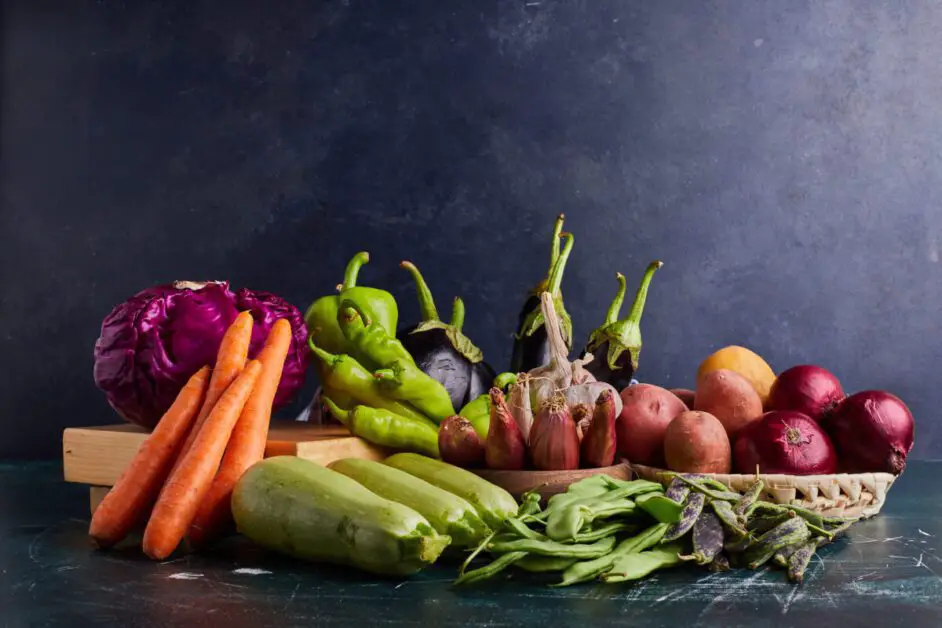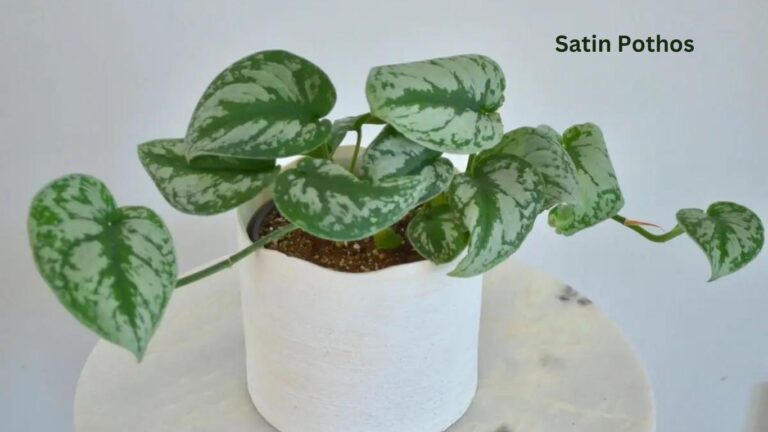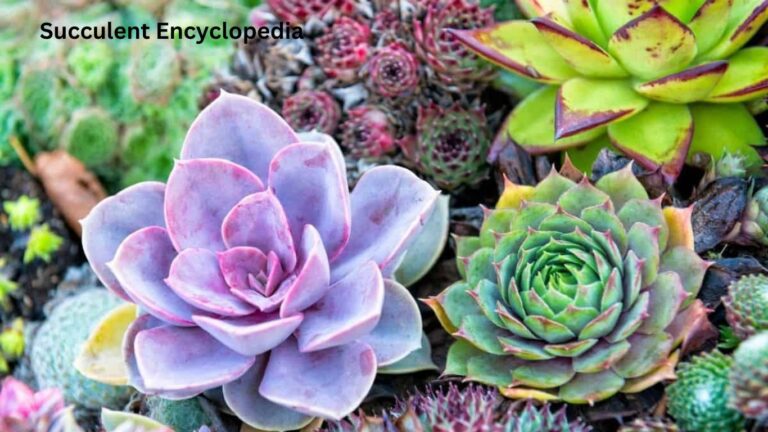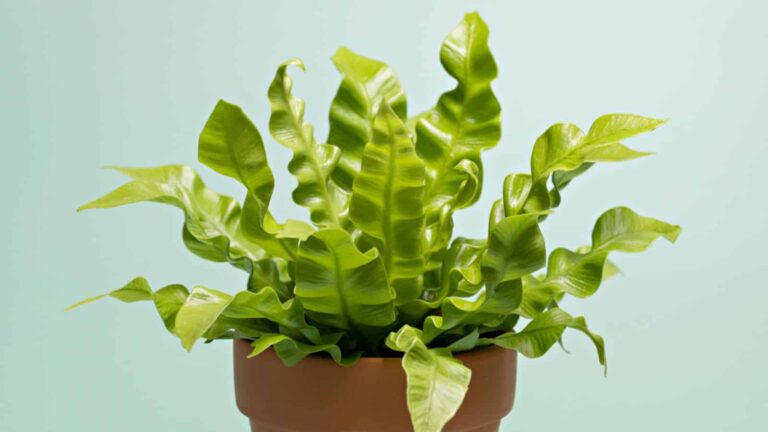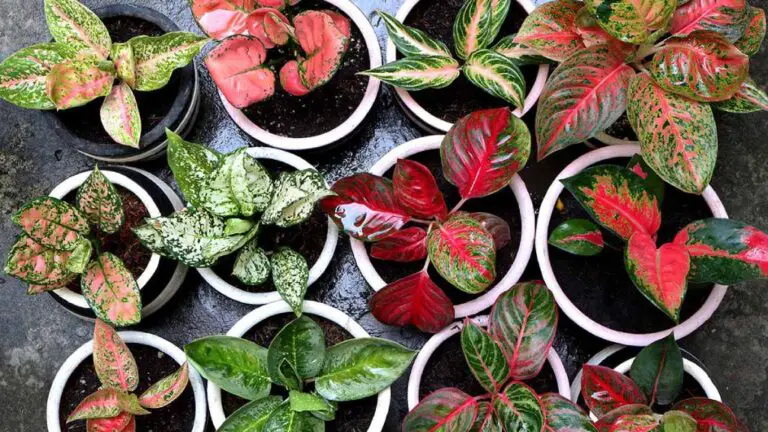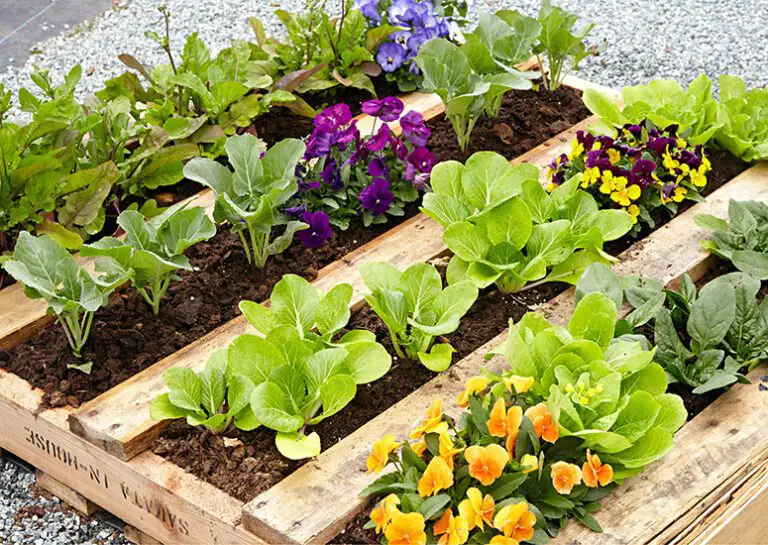How to Grow Delicious Winter Garden Vegetables in Any Climate
Table of Contents
Harvesting and Storing Winter Vegetables: Knowing the right time to harvest, proper handling techniques, and storage options for extended use.
Knowing the right time to harvest winter vegetables is crucial for ensuring the best quality and flavor of your produce. Different vegetables have different optimal harvesting times, and it’s important to be aware of these timings to achieve optimum results. For example, root vegetables like carrots and beets are typically harvested when their foliage starts to wither, indicating that the roots have reached their full size and are ready to be harvested.
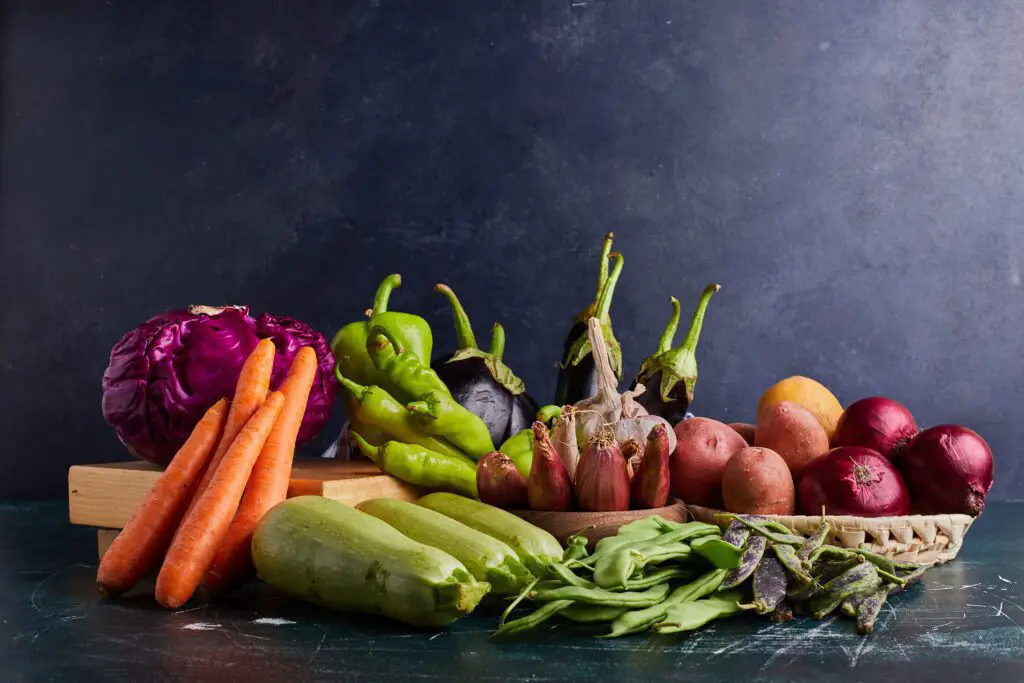
In addition to timing, proper handling techniques are equally important in preserving the freshness and quality of your winter vegetables. When harvesting, it’s advisable to gently remove the vegetables from the ground or plant without causing any damage. Bruised or damaged vegetables are more prone to spoiling and may not store well. It’s also crucial to handle leafy greens with care to avoid wilting and ensure their optimal shelf life. To maintain freshness, consider immediately washing and drying leafy greens after harvesting to remove any dirt or debris, and store them in perforated bags or containers in the refrigerator.
Utilizing Season Extension Techniques
As gardening enthusiasts, we all dream of extending the growing season to enjoy fresh produce year-round. Utilizing season extension techniques can help us achieve this goal. By making use of various methods such as greenhouses, cold frames, and row covers, we can protect our plants from frost and cold temperatures, allowing them to thrive even in the harshest winter conditions.
One effective technique is the use of hoop houses or high tunnels. These structures consist of a series of arched hoops covered with a specialized greenhouse-grade plastic. The plastic acts as a barrier, trapping heat and creating a warm microclimate inside the structure. This allows us to grow vegetables that are typically sensitive to cold temperatures, such as tomatoes and peppers, well into the winter months. Additionally, hoop houses provide protection from pests and other environmental factors, ensuring a healthy and productive crop.
• Hoop houses or high tunnels are effective season extension techniques
• Consist of arched hoops covered with greenhouse-grade plastic
• Plastic acts as a barrier, trapping heat and creating a warm microclimate
• Allows for the growth of cold-sensitive vegetables in winter months
• Provides protection from pests and environmental factors
Watch this video to learn more!
How do I know when is the right time to harvest winter vegetables?
The right time to harvest winter vegetables can vary depending on the specific crop. It is generally best to harvest them when they have reached their peak maturity and are fully developed. You can determine this by checking the specific harvesting guidelines for each vegetable or by observing visual cues such as color, size, and firmness.
What are the proper handling techniques for winter vegetables during harvest?
Proper handling techniques during harvest are crucial to maintain the quality and freshness of winter vegetables. It is recommended to handle them with care to avoid causing any damage. Use clean and sharp tools to harvest and minimize bruising or cutting through the vegetables. Additionally, handle them gently and avoid dropping or throwing them to prevent any physical damage.
What are the storage options for winter vegetables to extend their use?
There are several storage options available to extend the use of winter vegetables. One common method is root cellaring, which involves storing the vegetables in a cool, dark, and well-ventilated space. Other options include refrigeration, freezing, and canning. Each vegetable may have specific storage requirements, so it’s important to research the recommended storage methods for each type.
Can I store different types of winter vegetables together?
It is generally recommended to store different types of winter vegetables separately. Some vegetables emit gases during storage that can affect the quality and lifespan of others. Additionally, certain vegetables may require different storage conditions in terms of temperature and humidity. Storing them separately helps prevent cross-contamination and ensures optimal storage conditions for each vegetable.
How long can winter vegetables be stored before they start to spoil?
The storage life of winter vegetables can vary depending on the type of vegetable and the storage method used. Some winter vegetables, such as root crops like carrots and beets, can be stored for several months under the right conditions. Others, like leafy greens, may have a shorter storage life. It’s important to regularly check the stored vegetables for any signs of spoilage and use them accordingly to avoid waste.
Are there any specific precautions I should take when storing winter vegetables?
Yes, there are a few precautions to keep in mind when storing winter vegetables. Firstly, make sure to remove any dirt or debris from the vegetables before storage to prevent rotting. Secondly, regularly inspect the stored vegetables and remove any spoiled ones to avoid spoiling others. Finally, maintain the recommended storage conditions, such as humidity and temperature, to maximize the lifespan of the vegetables.

Pallavi Gupta is a burgeoning writer at SouthElMonteHydroponics, blending her passion for data analysis with a keen interest in biotechnology. Currently pursuing a Bachelor’s in Biotechnology at Amity University, Pallavi delves into the intricacies of life sciences while gaining hands-on experience in the exciting world of data analysis. Her unique background provides a fresh perspective on hydroponic farming, as she explores the intersection of biotechnology and sustainable agriculture. Through her writing, Pallavi aims to bridge the gap between data-driven insights and innovative farming practices, inspiring others to harness technology for a greener future.

